Growing Awareness of Thrombosis Risks
Public awareness campaigns regarding the risks associated with thrombosis are gaining traction in Germany, thereby impacting the anticoagulation market. Educational initiatives by health organizations aim to inform the population about the dangers of blood clots and the importance of anticoagulation therapy. This heightened awareness is expected to lead to an increase in diagnoses and subsequent treatment, potentially boosting the market by 6% annually. As more individuals recognize the symptoms and seek medical advice, the demand for anticoagulants is likely to rise, further driving market growth.
Advancements in Anticoagulant Therapies
Innovations in anticoagulant therapies are significantly influencing the anticoagulation market in Germany. The introduction of direct oral anticoagulants (DOACs) has transformed treatment protocols, offering patients more convenient options with fewer monitoring requirements. Recent studies indicate that DOACs have gained a market share of over 50% in the anticoagulation segment, reflecting their growing acceptance among healthcare providers. These advancements not only improve patient outcomes but also enhance adherence to treatment regimens. As pharmaceutical companies continue to invest in research and development, the anticoagulation market is poised for further growth, driven by the demand for safer and more effective therapies.
Increasing Incidence of Cardiovascular Diseases
The rising prevalence of cardiovascular diseases in Germany is a primary driver for the anticoagulation market. According to recent health statistics, cardiovascular diseases account for approximately 40% of all deaths in the country. This alarming trend necessitates effective anticoagulation therapies to manage conditions such as atrial fibrillation and venous thromboembolism. As the population ages, the demand for anticoagulants is expected to grow, with estimates suggesting a market expansion of around 8% annually. The increasing incidence of these diseases highlights the critical need for innovative treatment options, thereby propelling the anticoagulation market forward.
Regulatory Support for Anticoagulant Innovations
Regulatory bodies in Germany are increasingly supportive of innovations in the anticoagulation market. The European Medicines Agency (EMA) has streamlined the approval process for new anticoagulant drugs, facilitating quicker access to the market. This regulatory environment encourages pharmaceutical companies to invest in research and development, leading to a wider array of treatment options for patients. The potential for expedited approvals may result in a market growth rate of approximately 7% over the next few years. As new therapies emerge, the anticoagulation market is likely to benefit from enhanced competition and improved patient care.
Integration of Anticoagulation Management Programs
The establishment of anticoagulation management programs in healthcare settings across Germany is a notable driver for the anticoagulation market. These programs aim to optimize patient outcomes through regular monitoring and personalized treatment plans. By implementing structured management protocols, healthcare providers can enhance the safety and efficacy of anticoagulation therapies. Recent data suggests that hospitals with such programs have reported a 20% reduction in adverse events related to anticoagulant use. This trend not only improves patient safety but also encourages the adoption of anticoagulants, thereby contributing to the overall growth of the market.


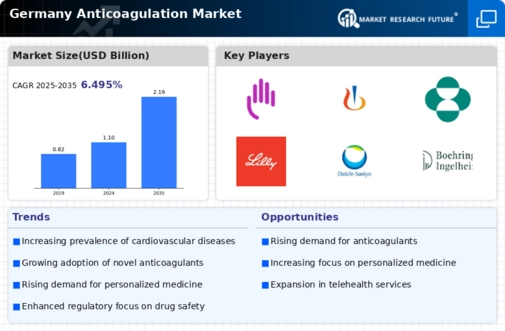
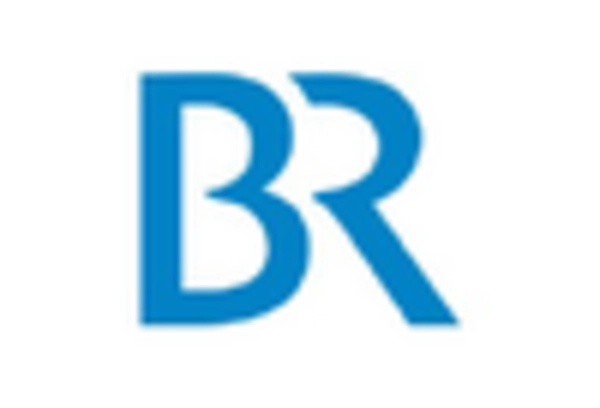
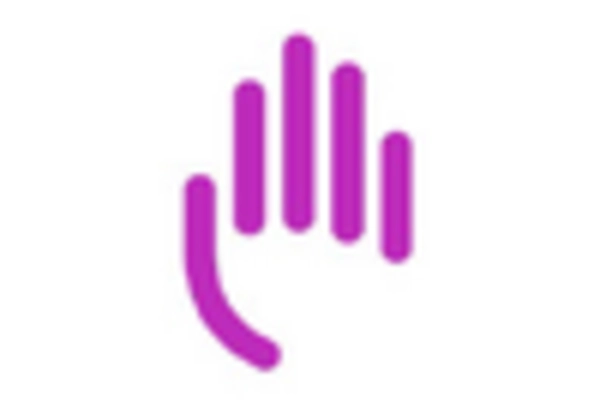
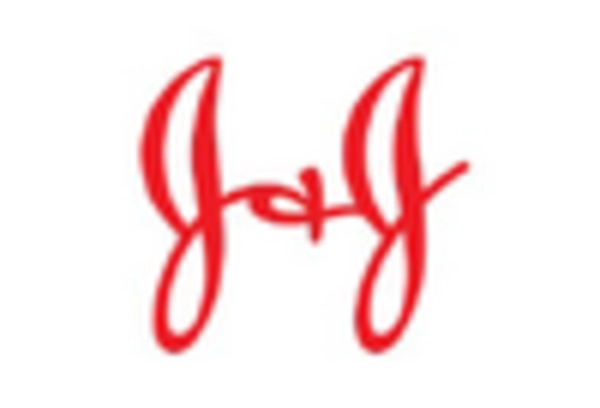
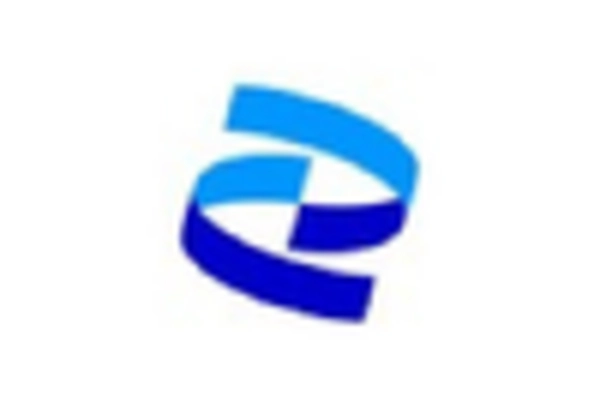
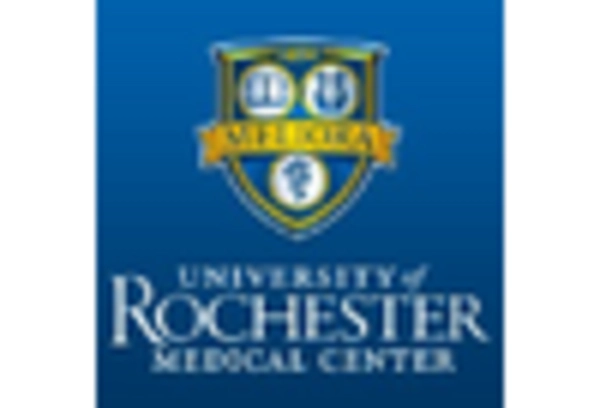
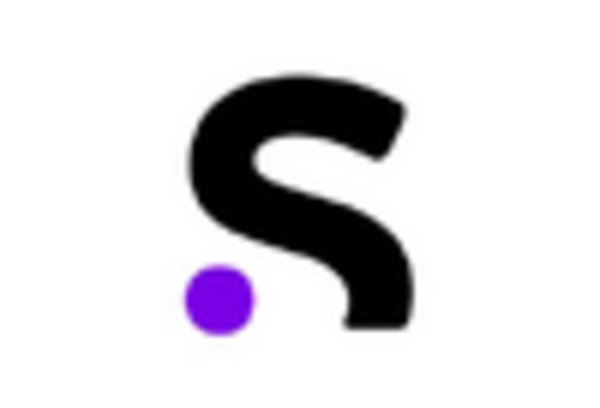








Leave a Comment